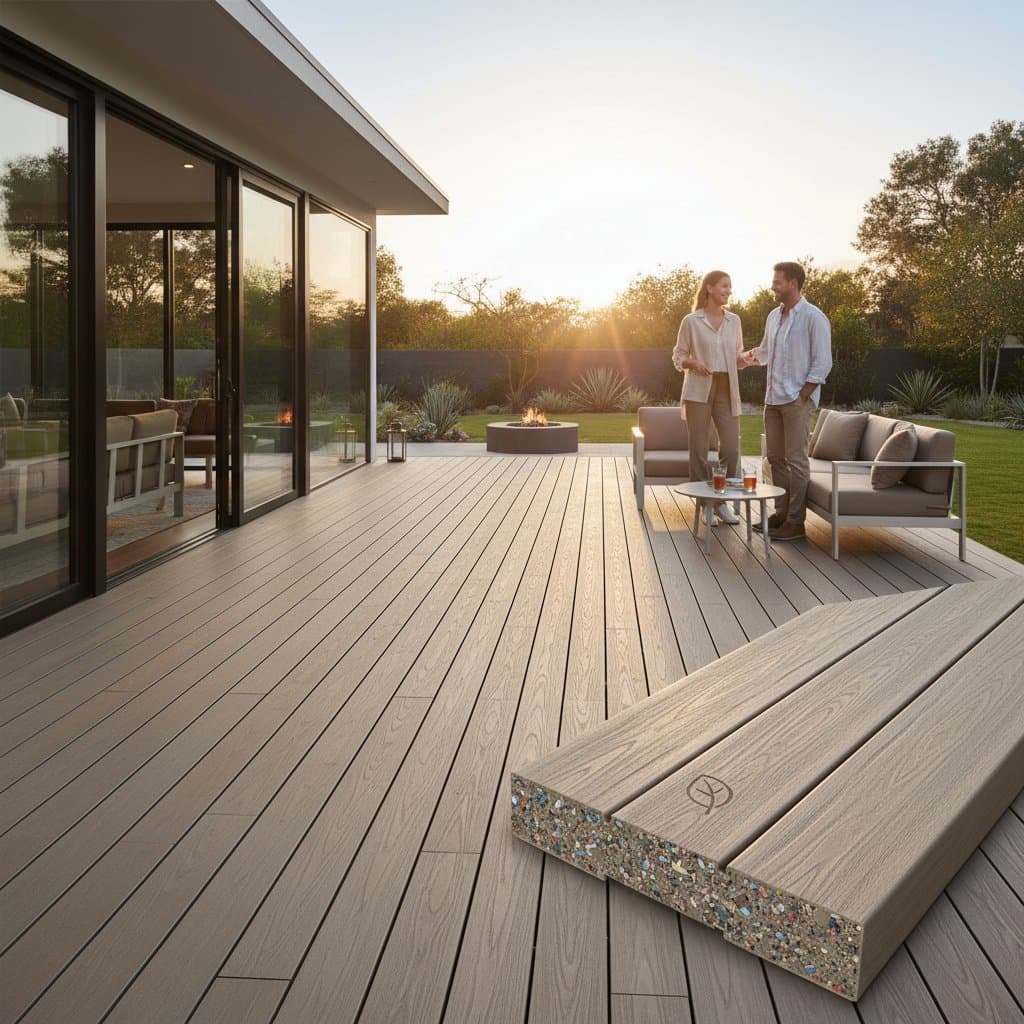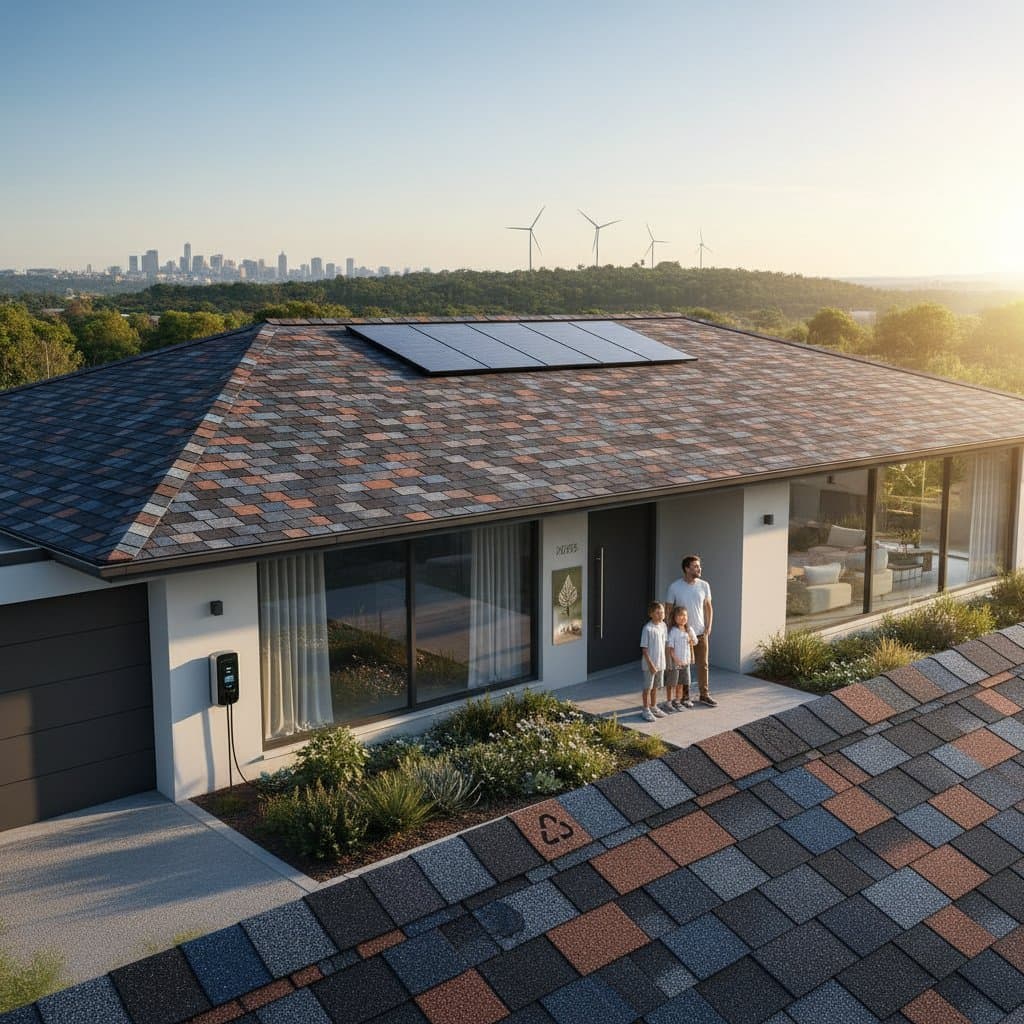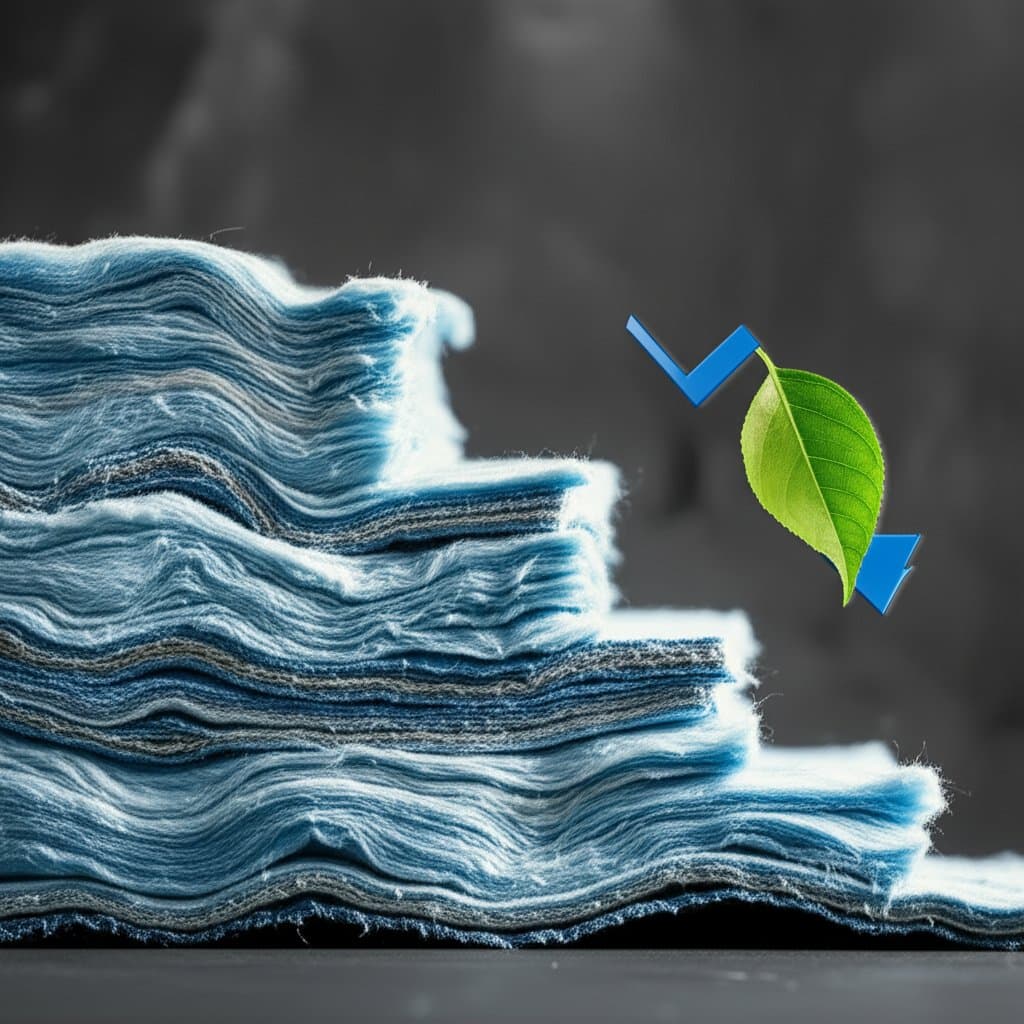Key Points
- Hempcrete walls provide outstanding thermal and acoustic insulation alongside inherent carbon sequestration.
- Upfront installation expenses may exceed standard methods, yet energy cost reductions frequently recover the difference in a few years.
- As a bio-based option, this material promotes superior indoor air quality and enduring structural integrity.
- Property owners can customize hempcrete applications for new builds or renovations, adapting to local weather patterns and financial constraints.
Rethinking Home Insulation for the Future
Picture a residence that remains cool amid summer temperatures and retains warmth on winter nights with minimal mechanical support. The walls allow natural air exchange, control humidity levels, and sustain consistent indoor conditions. This scenario represents the practical shift underway with hempcrete, a bio-based material reshaping insulation strategies for builders and residents alike.
Homeowners regularly confront the task of harmonizing comfort, expenses, and environmental impact. Traditional insulation options excel in heat retention but often derive from petroleum sources or demand energy-heavy production, elevating their carbon footprint. Hempcrete introduces a viable substitute, merging agricultural renewables with reliable performance standards.
How Hempcrete Functions
Hempcrete consists of the hemp plant's inner woody core, or hurd, blended with a lime binder and water. This mixture forms a lightweight, porous material that inherently manages temperature and moisture. The outcome yields a wall assembly that insulates effectively, resists flames, and handles vapor without chemical enhancers.
In contrast to foam boards or fiberglass rolls, hempcrete serves dual roles as insulator and thermal mass. It captures daytime heat and releases it slowly as evenings cool. This delayed response minimizes temperature fluctuations indoors, lessening dependence on HVAC systems. Its breathable nature permits moisture passage through walls, averting mold and moisture buildup prevalent in sealed structures.
Analyzing Costs and Investment Returns
Hempcrete materials themselves cost reasonably, but labor demands and curing periods elevate installation by about 10 to 20 percent over typical framed walls and fillers. These added expenses stem from skilled workmanship and time for the mix to set.
Heating and cooling expenses commonly decrease by 30 to 50 percent thanks to the material's insulation and mass effects. Across a decade of use, such efficiencies yield annual returns of 8 to 12 percent, varying with fuel rates and regional weather. Benefits accumulate further through lower upkeep, enhanced longevity, and elevated property values in sustainability-focused areas.
Environmental Impacts Extending Past Efficiency
Hempcrete's ecological role starts in the fields. Hemp plants mature swiftly, capturing substantial carbon dioxide via photosynthesis. Once integrated into the material, this carbon stays embedded in walls for generations. One cubic meter sequesters approximately 100 kilograms of CO2 equivalent, rendering hempcrete carbon-negative across its lifecycle.
The lime binder absorbs additional carbon during curing through carbonation. This persistent process converts building elements into ongoing carbon absorbers. Paired with lower energy use, hempcrete structures advance climate objectives and bolster sustainable farming practices.
Health and Comfort Enhancements
Hempcrete contributes to occupant health through tangible mechanisms. Its moisture regulation keeps indoor humidity between 45 and 55 percent, the optimal range for well-being. This environment limits allergens like dust mites and prevents fungal development, easing breathing.
Free from volatile chemicals and artificial adhesives, the material elevates air purity. It also dampens outside sounds by up to 50 percent more than standard walls, fostering serene spaces. Overall, these traits cultivate homes that nurture physical health and mental repose.
Practical Aspects of Construction
Implementing hempcrete demands strategic preparation. It suits fresh constructions and upgrades, though methods diverge from conventional framing. Workers pour the mix around timber or steel frameworks within temporary molds, allowing it to solidify.
Pre-made panels or blocks expedite assembly but incur modest material premiums. Curing may prolong timelines by weeks, necessitating tight scheduling with teams. Select professionals versed in lime products to address vapor flow, setting environments, and compatible coatings like lime renders or permeable paints.
Adapting to Regional Climates
Hempcrete thrives in moderate and arid zones yet adapts to moist or frigid areas with proper design. Thicker layers boost insulation in cooler regions, while its mass aids heat control in warmer ones. Although some codes lag in approval, engineering reports and tests secure compliance nearly everywhere.
Procure supplies nearby to optimize eco-benefits. Expanding hemp farming worldwide shortens transport, cuts emissions, and aids local processors, amplifying the material's social and planetary advantages.
Hempcrete Versus Alternative Eco-Materials
When evaluating green insulators, owners compare hempcrete to cellulose, wood fibers, or mineral wool. Hempcrete distinguishes itself via integrated breathability, flame resistance, carbon capture, and load-bearing potential.
- Cellulose insulates densely but offers limited moisture handling and mass.
- Wood fiber boards renew easily yet need extra supports and barriers.
- Mineral wool endures fire well but relies on resource-intensive production.
Hempcrete achieves equilibrium in efficiency, air quality, and durability with minimal synthetic or energy demands.
Funding Options and Property Appreciation
Eco-improvements access green loans or favorable rates for efficiency upgrades. Certain programs credit hempcrete's metrics toward certifications. On the market, sustainable features command premiums in eco-aware regions.
Demand rises for durable, efficient homes with low running costs. Hempcrete's robustness and wellness perks attract buyers, yielding stronger valuations and quicker transactions.
Integrating Hempcrete into Your Build
To adopt hempcrete, define objectives and consult experts first. Assess site exposure, climate, and power needs. Collaborate with passive design specialists to align it with overall efficiency targets.
Choose between poured, block, or panel methods based on pace and funds. Poured setups allow precise thickness for bespoke projects. Panels suit rapid or scaled efforts.
Enduring Advantages in Daily Use
Hempcrete residences offer stable interiors, dry surfaces, and sparse repairs. The material gains density over years via carbonation, fortifying walls while preserving softness.
Advancing Sustainable Builds with Hempcrete
With growing recognition of green materials, hempcrete solidifies as a performant solution for homes and businesses. It unites eco-stewardship with livable design, yielding returns in savings, vitality, and desirability.










